While cataloguing our poster collection, we discovered a rare Star Wars poster! Watch the video below to see Steve Sansweet explain why this poster from The Empire Strikes Back is so special.
Read more below about what Steve Sansweet had to say about this finding rare poster!
This is a pre-press color separation used to make the four offset printing plates that were used to print the Style A theatrical poster for The Empire Strikes Back. It’s also familiarly known as the “Gone with the Wind” poster since—at George Lucas’s request—it’s an homage to a 1966 re-release poster of that famous film.
The Empire poster is from 1980 and was painted by American artist Roger Kastel, who is also responsible for the iconic theatrical poster for Jaws.
There usually would only be one color separation made for each print location. It, and the first test proofs produced, would be carefully checked by the printers and the movie studio for any problems before proceeding to print several thousand copies to distribute to theaters.
I have no recollection of where, when or how I acquired this rare treasure. It’s not unusual for me to make the most amazing “finds” by searching through my own collection since I’ve been collecting Star Wars memorabilia for 45 years! – Steve Sansweet
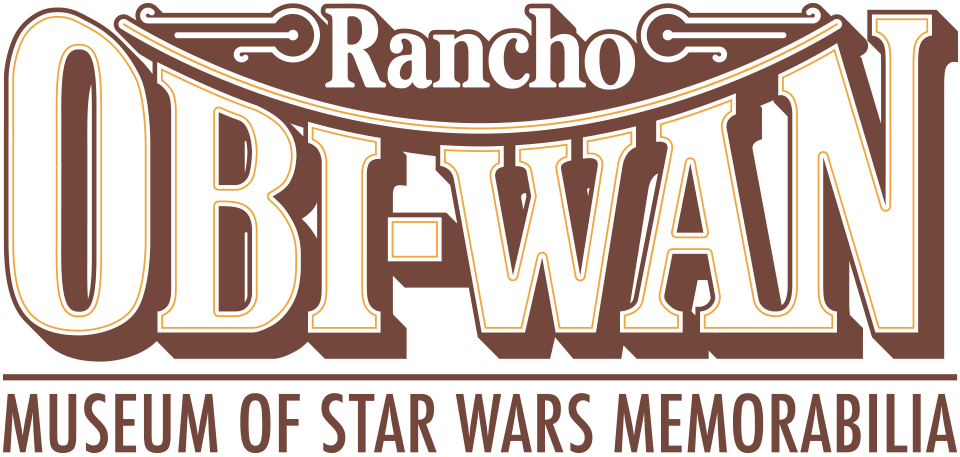
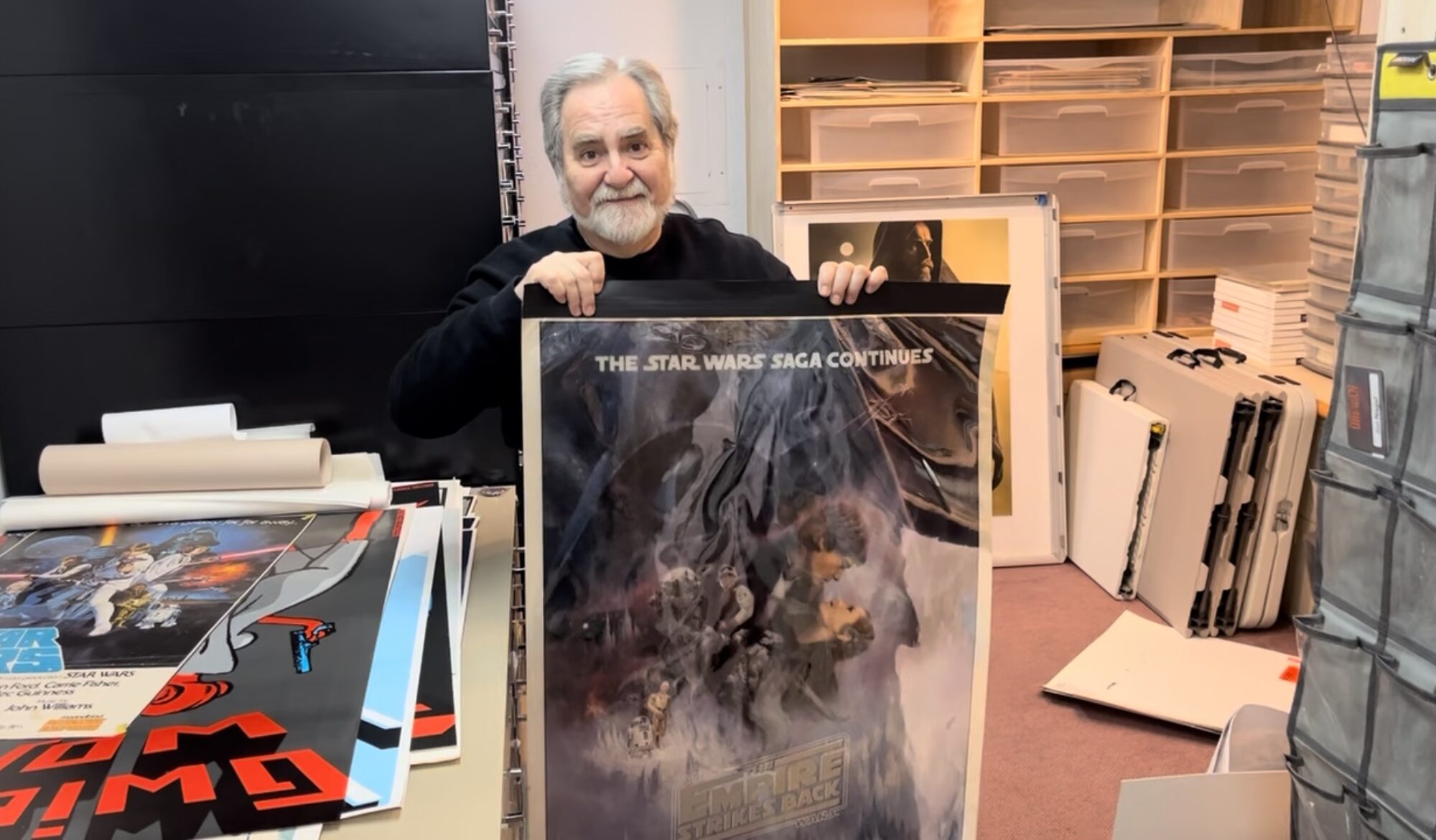
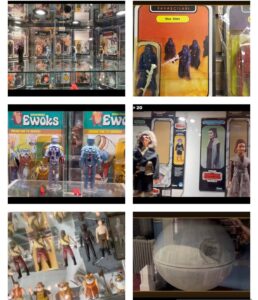
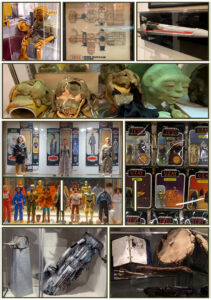
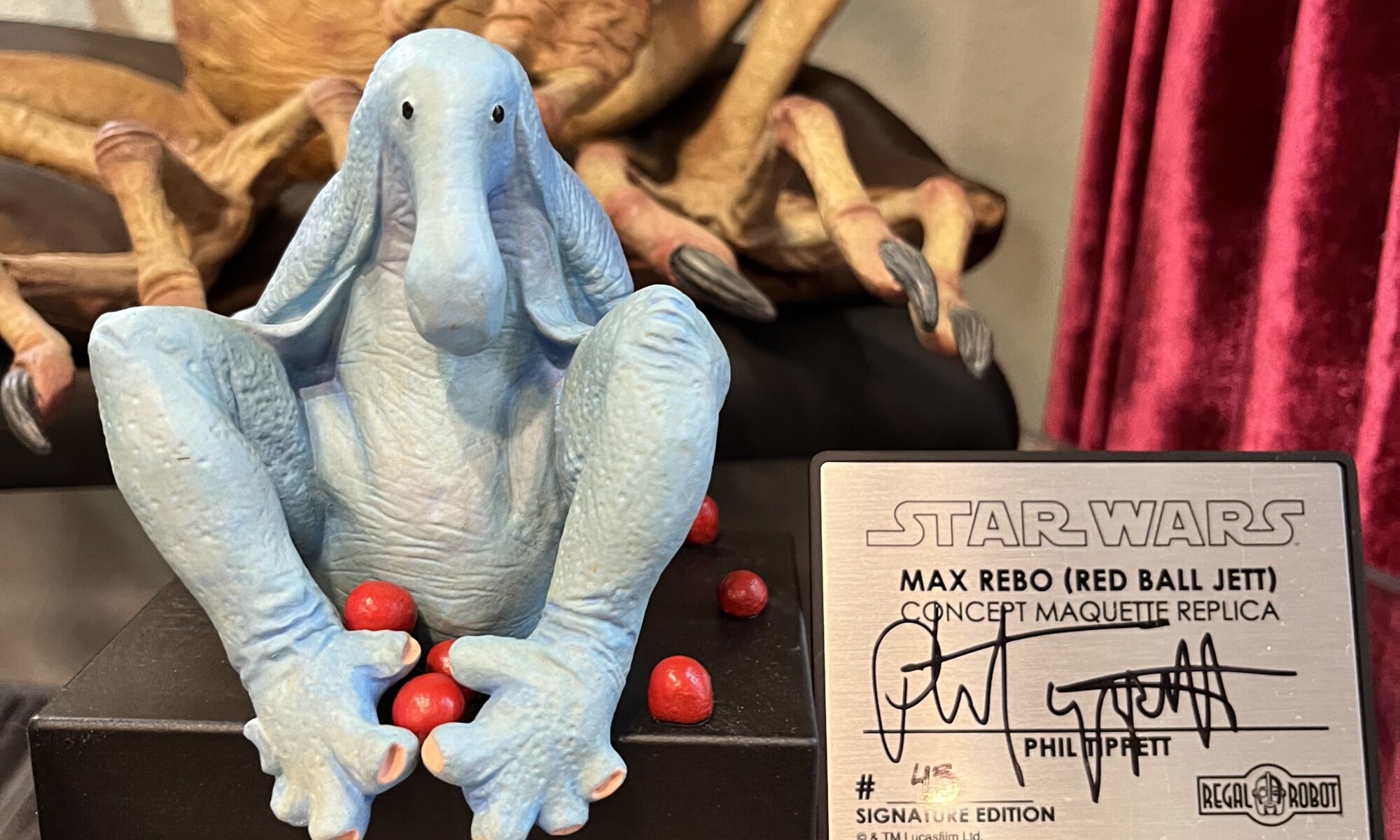
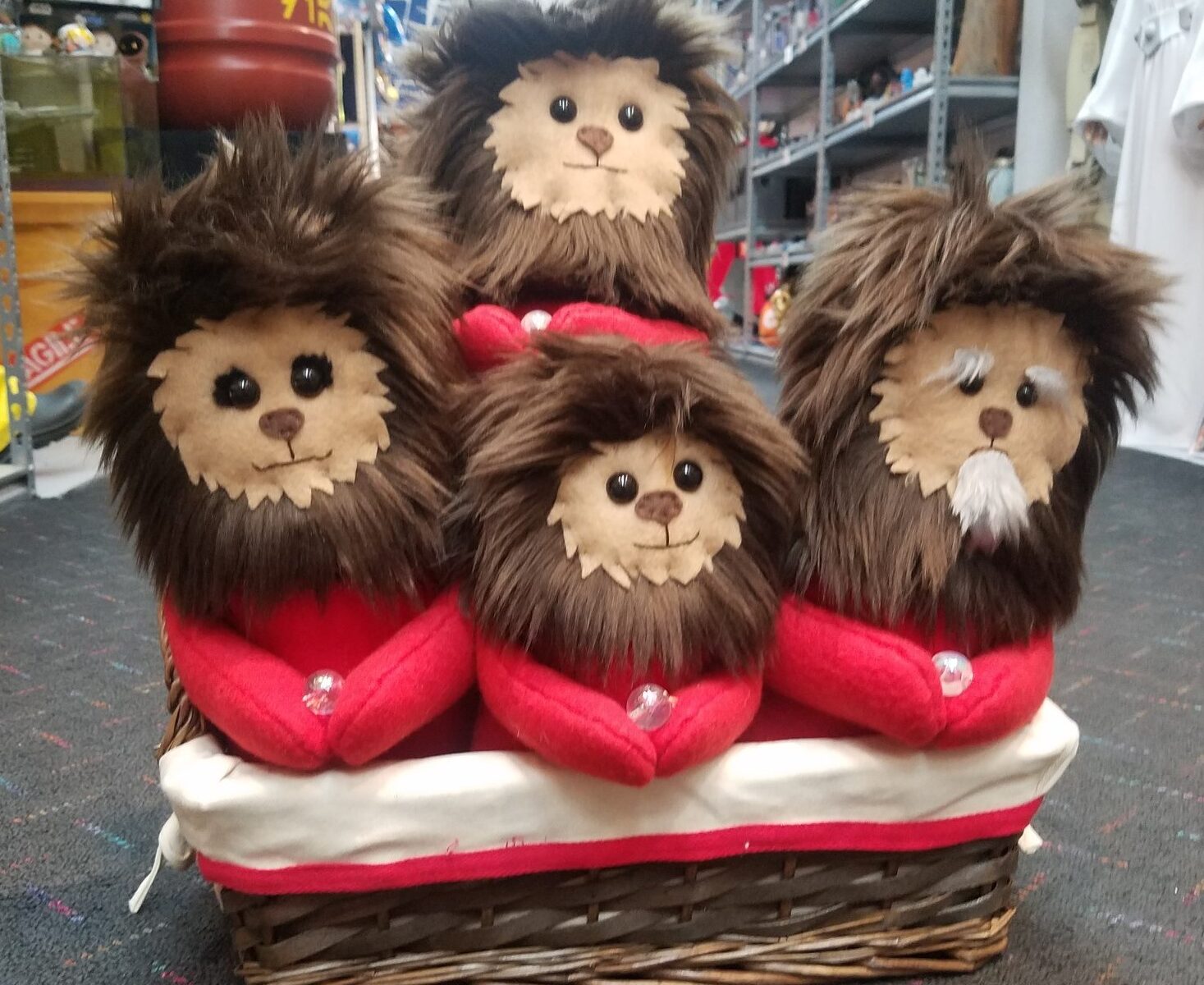
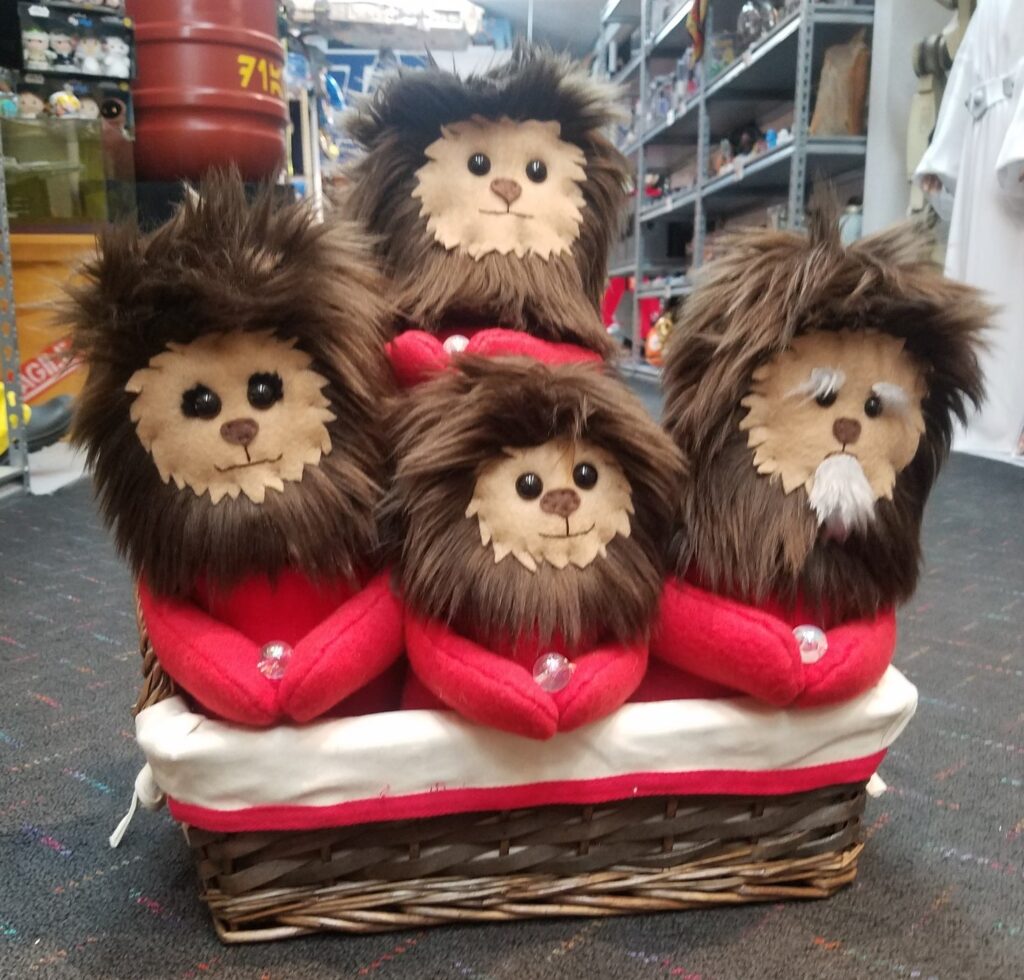
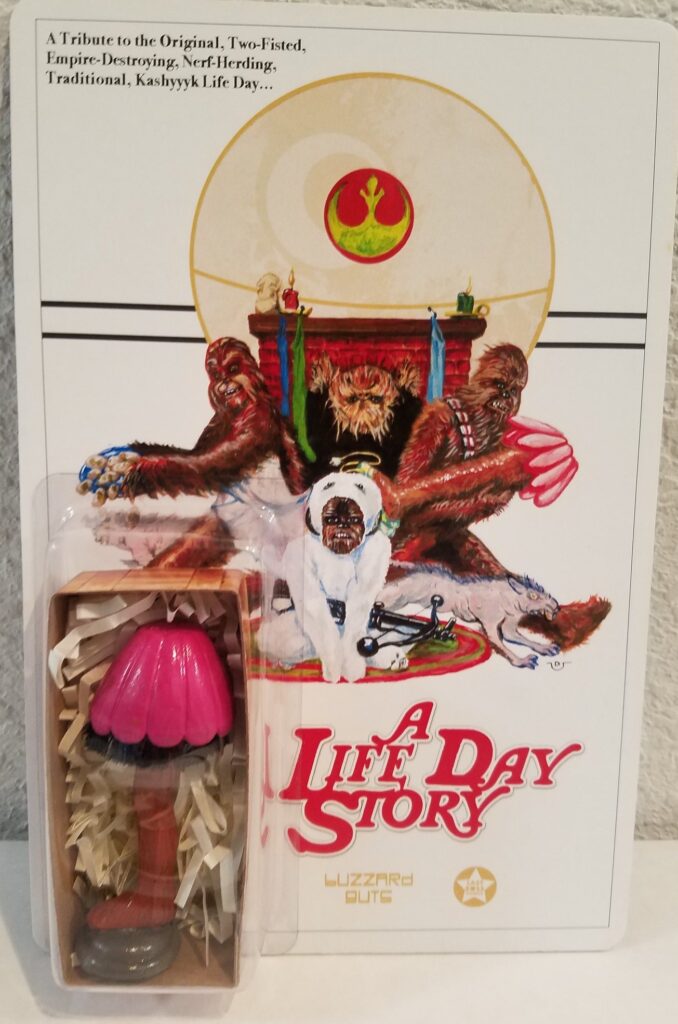
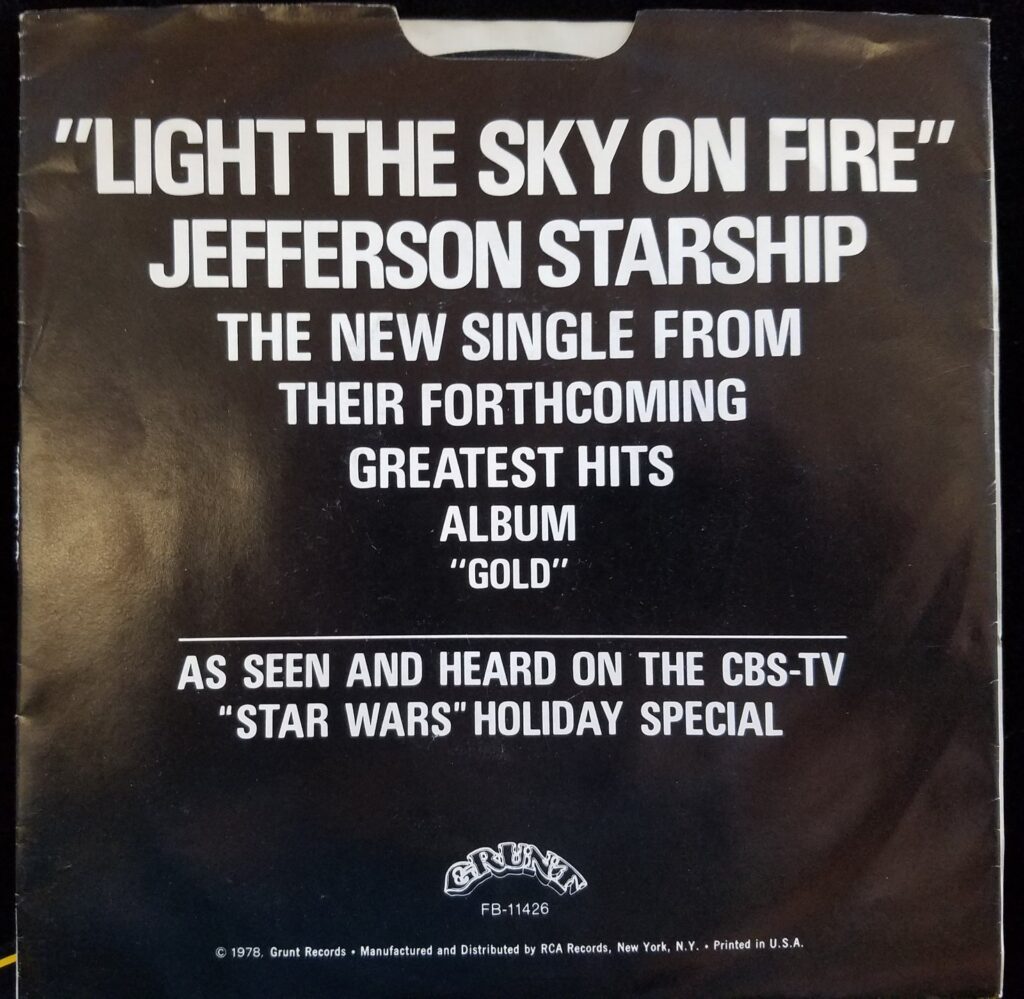
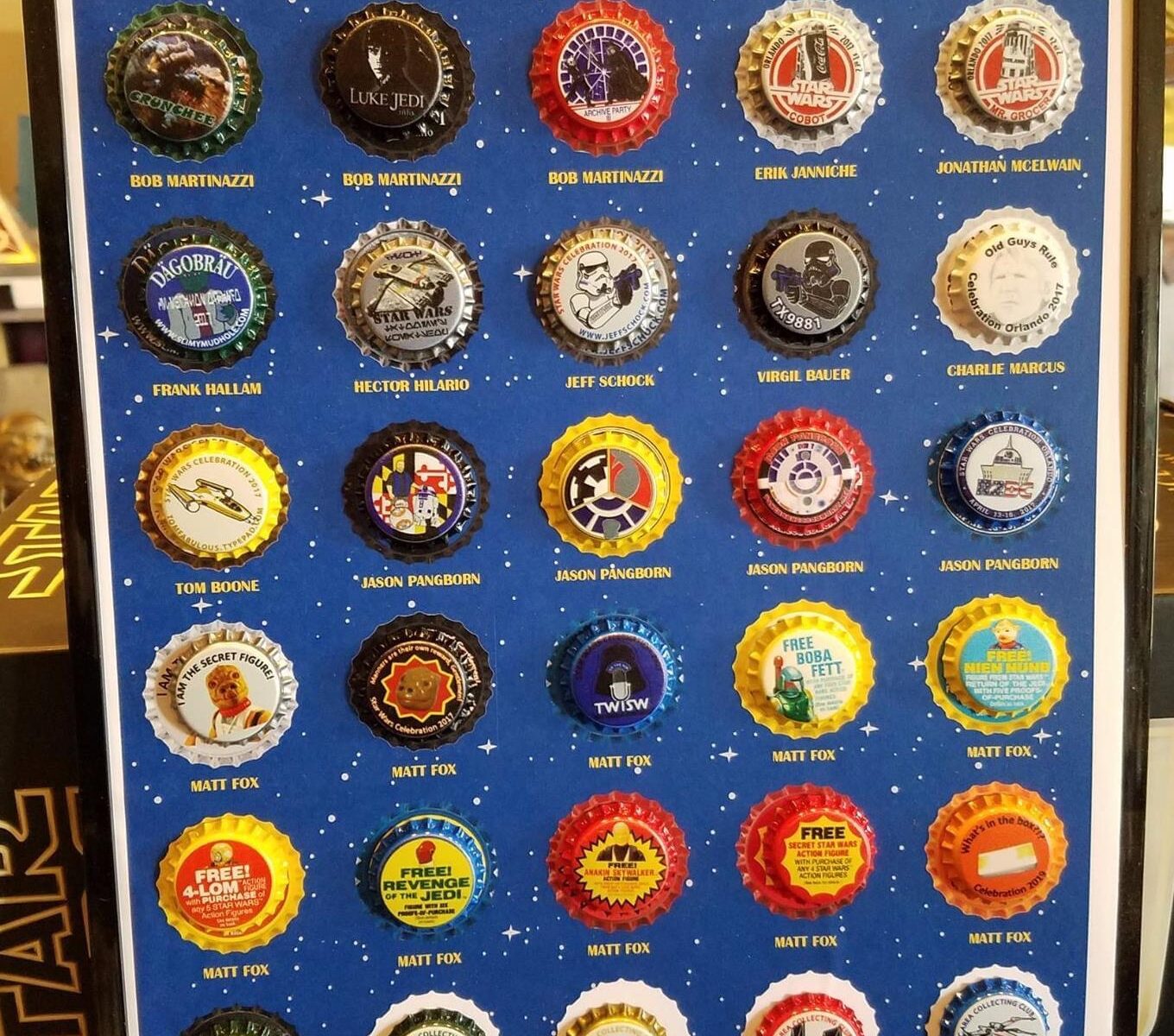
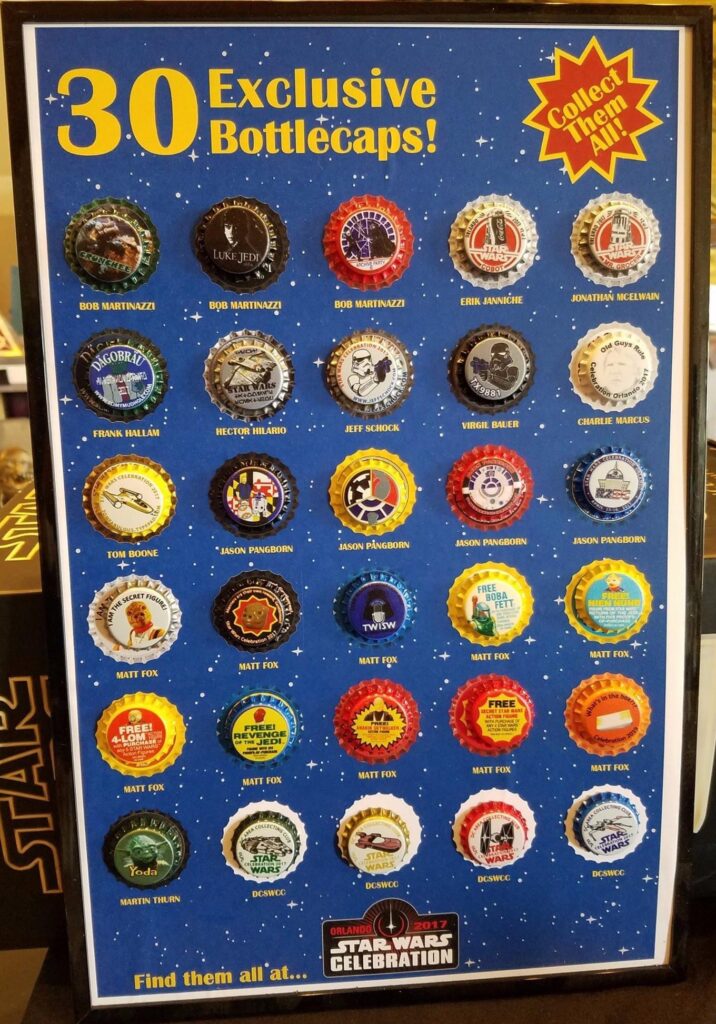
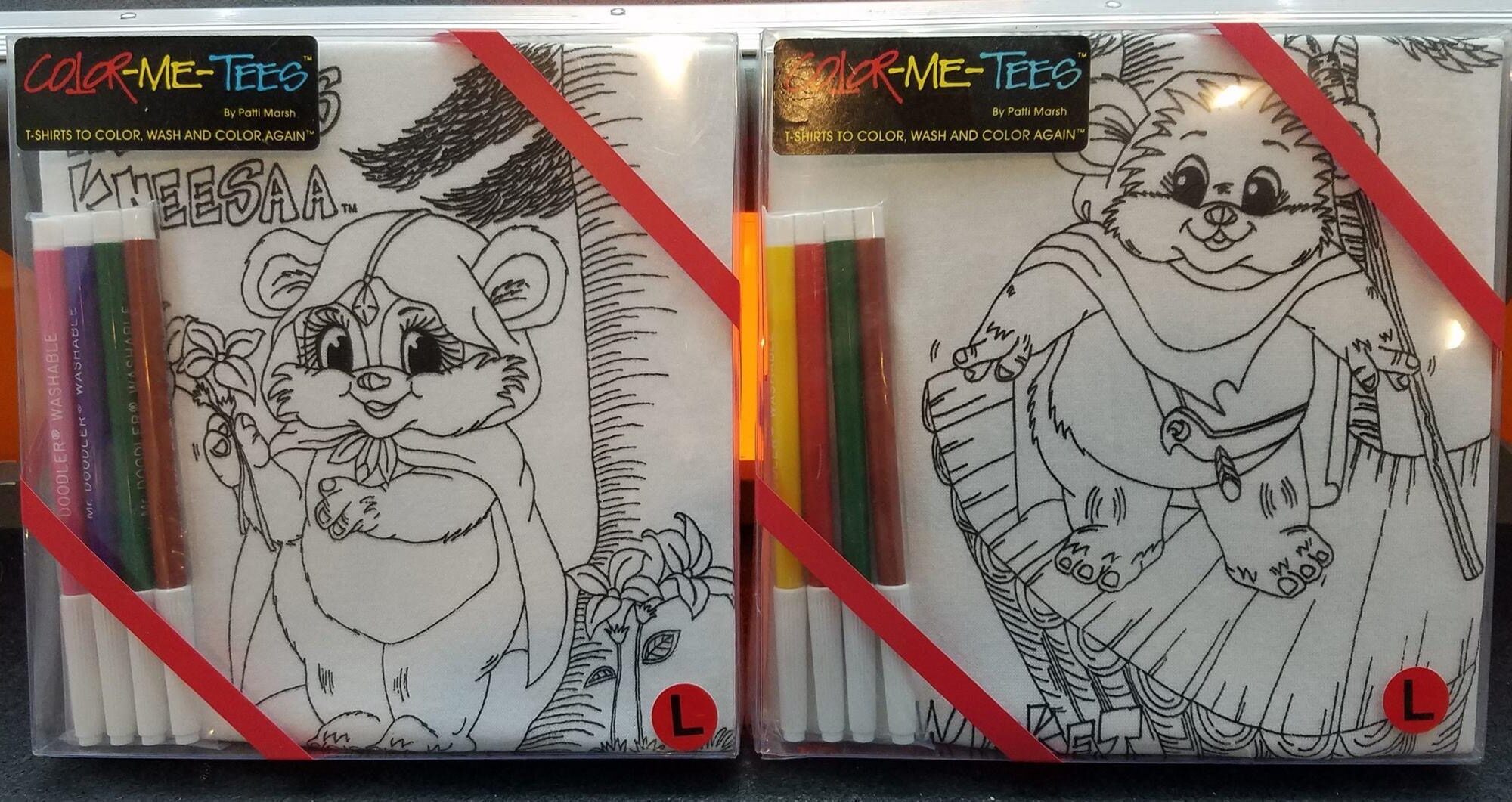
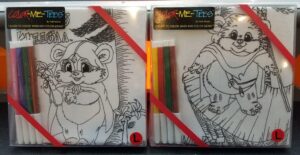
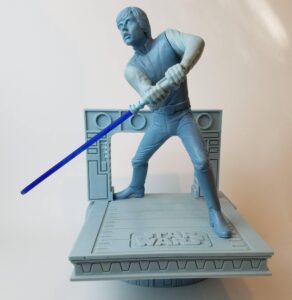 Rancho Obi-Wan is one of the very few places people can actually see this great representation of Luke now.
Rancho Obi-Wan is one of the very few places people can actually see this great representation of Luke now.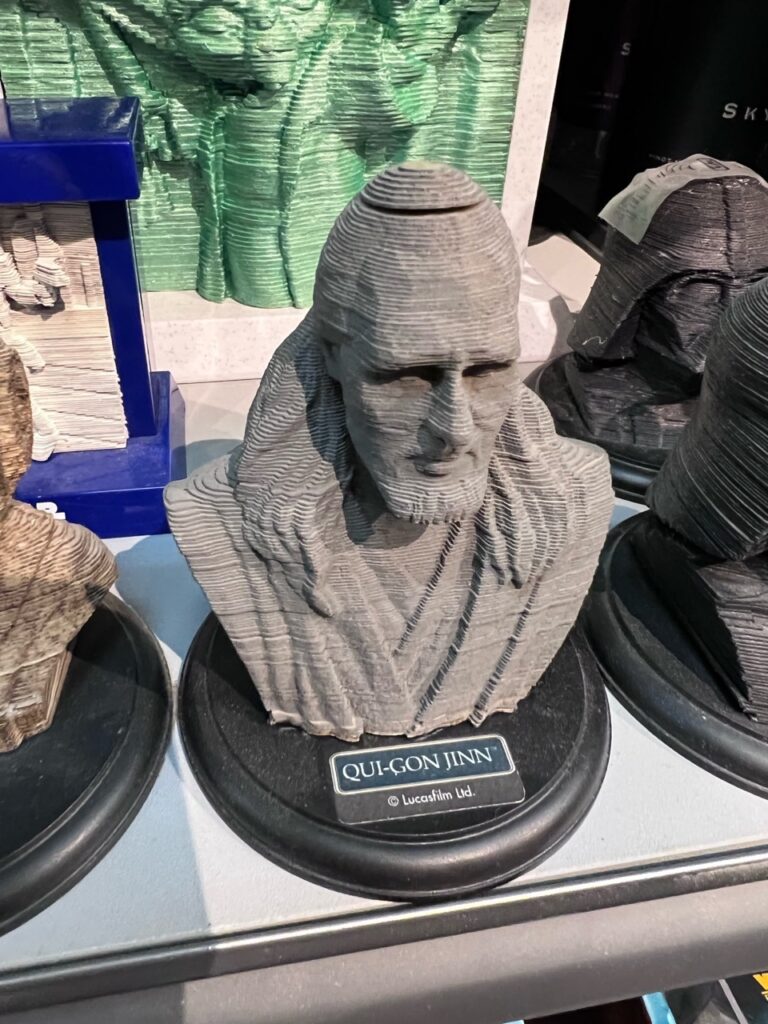
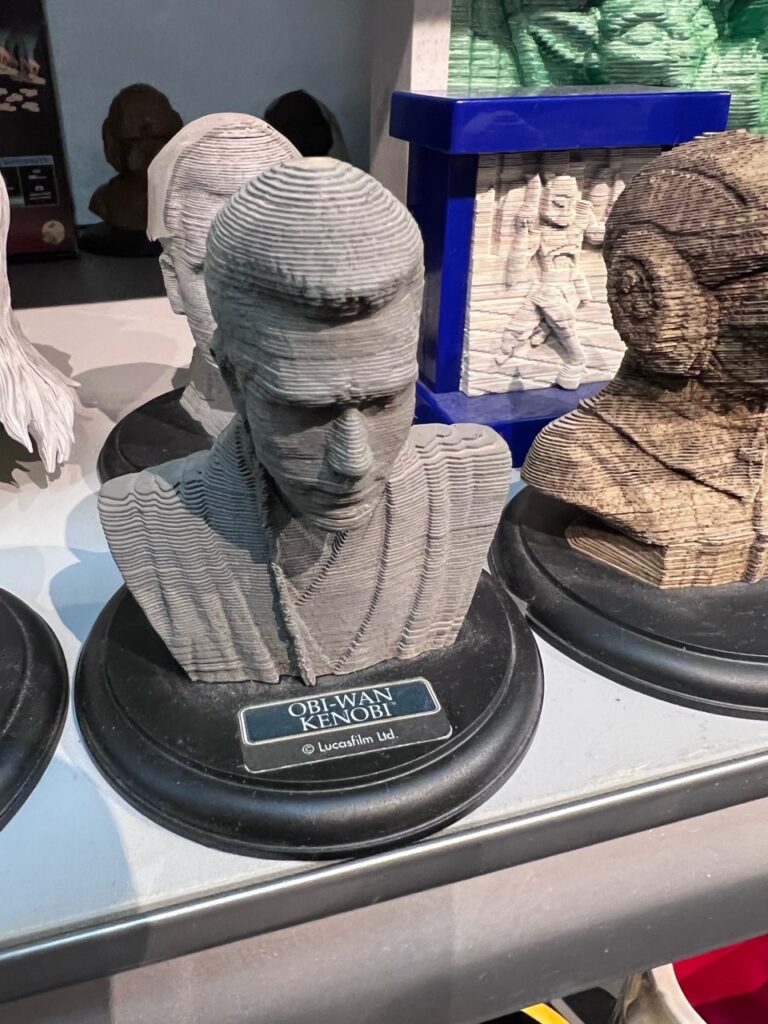
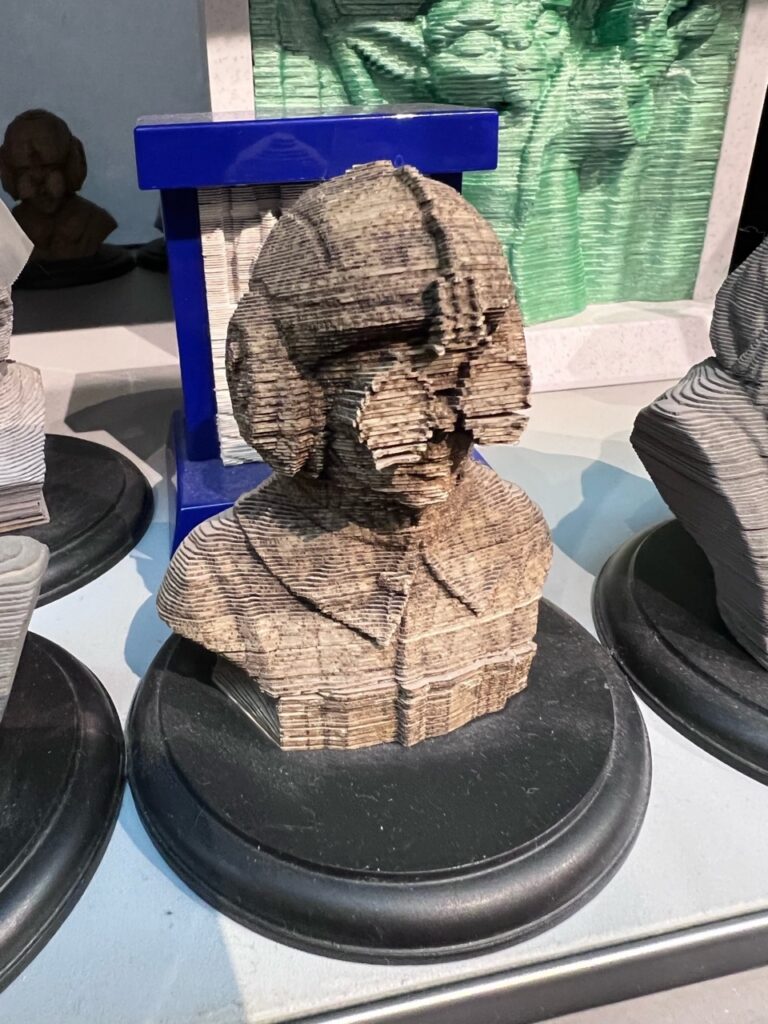
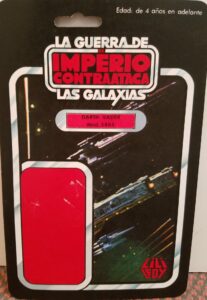
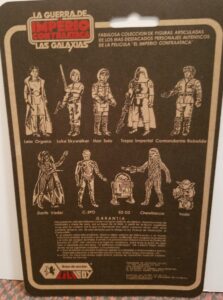
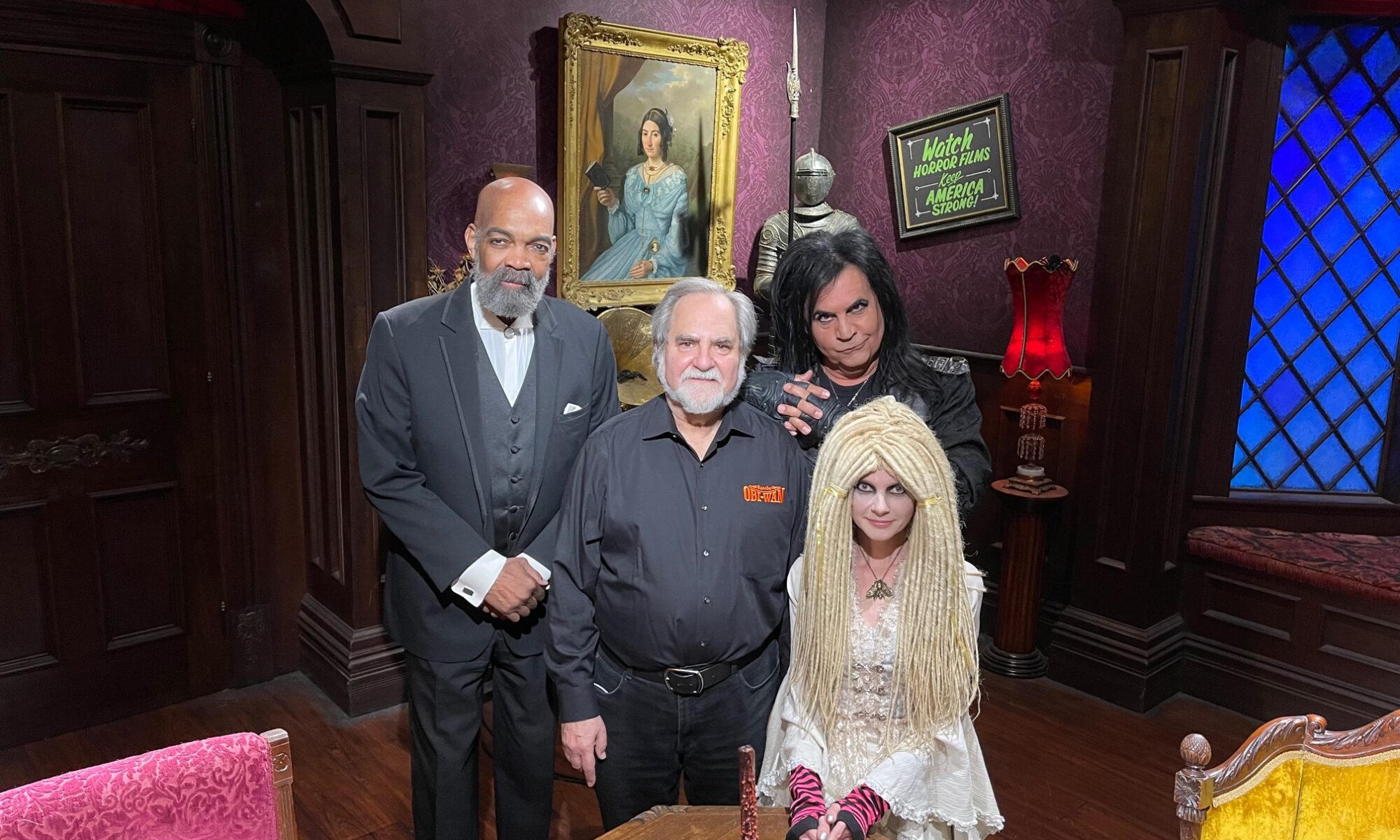
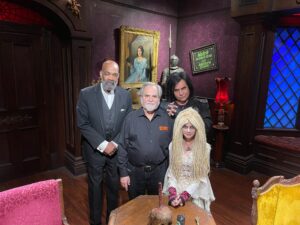
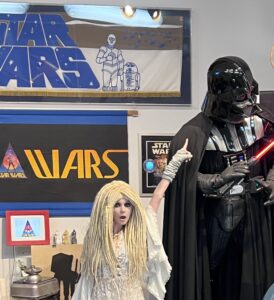
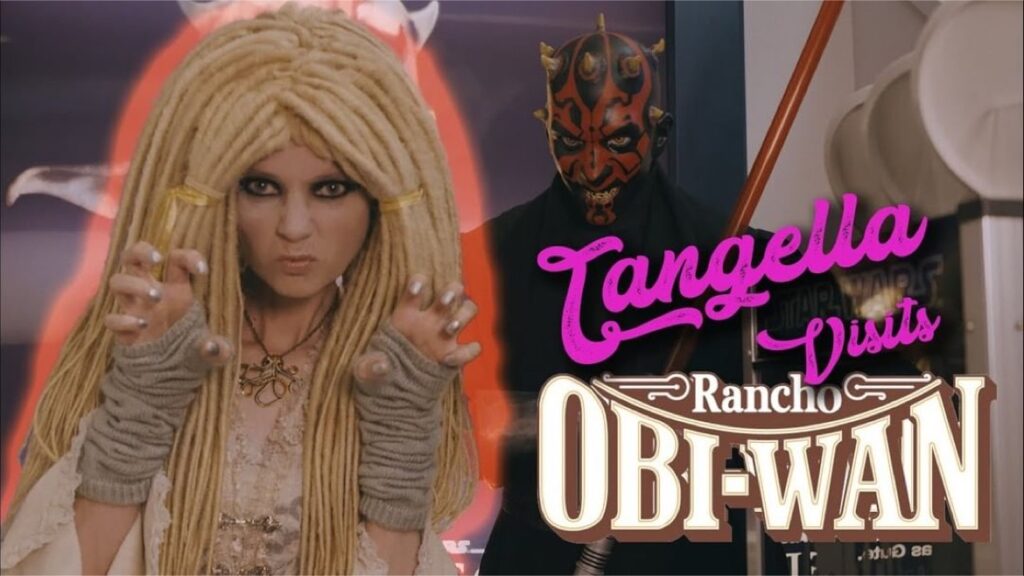
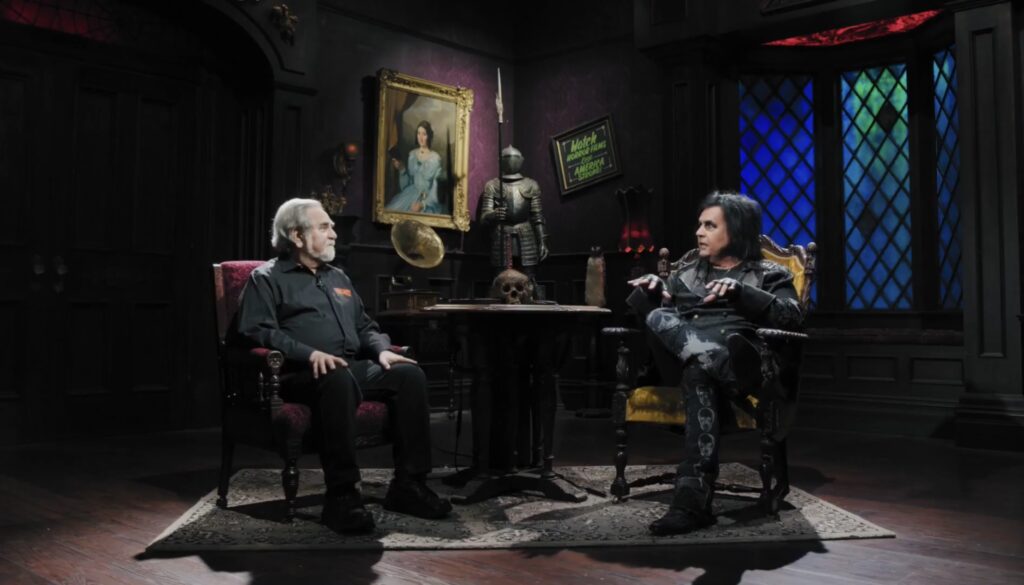
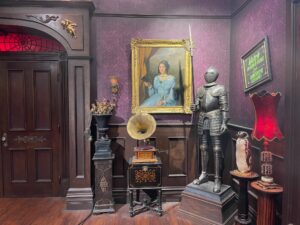
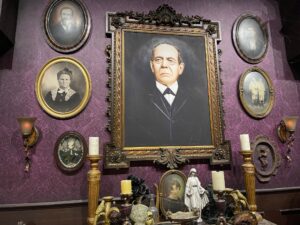
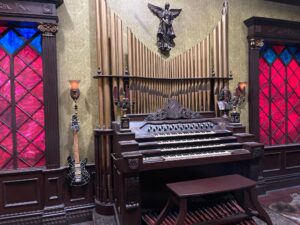
 Steve Sansweet is owner and Executive Chairman of Rancho Obi-Wan, former Head of Fan Relations at Lucasfilm and contributor to
Steve Sansweet is owner and Executive Chairman of Rancho Obi-Wan, former Head of Fan Relations at Lucasfilm and contributor to